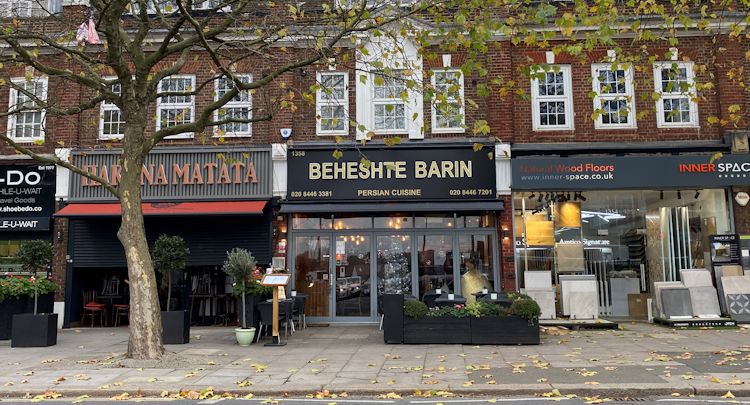
As a company with a long history of buying commercial properties, we are always looking for ways to put our resources to use in support of other UK businesses. We appreciate the standard sale and leaseback transaction for this very reason. Selling and leasing back represents an opportunity to raise some fast cash and better manage capital expenditures down the road.
Selling and leasing back is not as uncommon as you might think. It is also not limited to small businesses. Some of the biggest companies in the UK have completed sale and leaseback transactions, Tesco being one of the most recent.
Tesco just completed a transaction involving four trading stores and three mixed-use properties they sold for some £490 million. Similarly, Oxford BioMedica PLC is planning to sell one of their UK facilities for £16 million and then lease it back for 15 years.
Why Sale and Leaseback Work
On its face, sale and leaseback doesn’t seem to make sense. But dig into the details and you discover just why this sort of arrangement works so well. From the property owner’s perspective, selling a commercial property represents access to quick cash. Picture a property owner with a desirable warehouse in London, for example.
The warehouse has intrinsic value. As long as it is owned free and clear, it offers tremendous equity that, unless it’s liquidated, becomes overhead. Selling the property releases that equity and gives the owner cash. In exchange for leasing back, the owner also gets an attractive lease rate.
Sale and leaseback also benefit the buyer. Generally, the buyer is an investor looking to obtain properties that can be added to an existing portfolio. Buying and leasing back gives the investor access to an attractive property at below-market-values. In addition, the investor also gets the security that comes with a long-term lease.
Trading One Asset for Another
If you own a piece of commercial property that you are willing to sell via a sale and leaseback transaction, you would essentially be trading one asset for another. You would be trading the full value of your warehouse, office building, etc. for cash. You can then invest the cash in other parts of your business.
Companies like Tesco enter these sorts of arrangements because they need access to liquid assets. In some cases, they are looking to sell certain commercial properties because they anticipate a down market in the future. They don’t want to be stuck with a property that isn’t worth as much when they no longer have need of it. Selling means getting value for the property but still being able to use it.
Now Is the Time to Sell
Buying and leasing back is one of the many options companies like ours can offer property owners. If you’ve been thinking about the possibility of selling your commercial property, consider that now might be the time to move. No doubt the most recent round of property value increases has peaked. There is nowhere to go but down.
With the UK facing recession and the possibility of a worldwide financial crisis right around the corner, your property might be worth more now than it will 12 or 24 months from now. If you have any inkling of selling, your window for getting maximum price is slowly closing.
Contact us to learn more about sale and leaseback. We buy properties for ourselves, meaning we invest in every purchase we make. We might be able to help you turn the value of your property into cash. You can then turn around and put that cash into other aspects of your business.